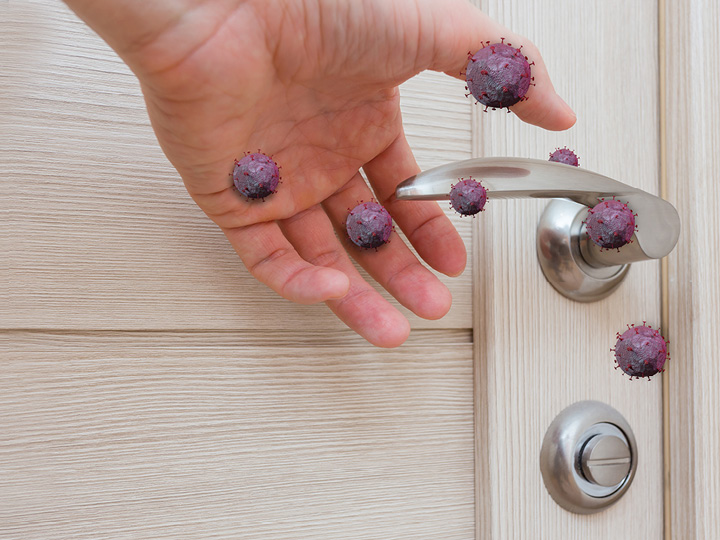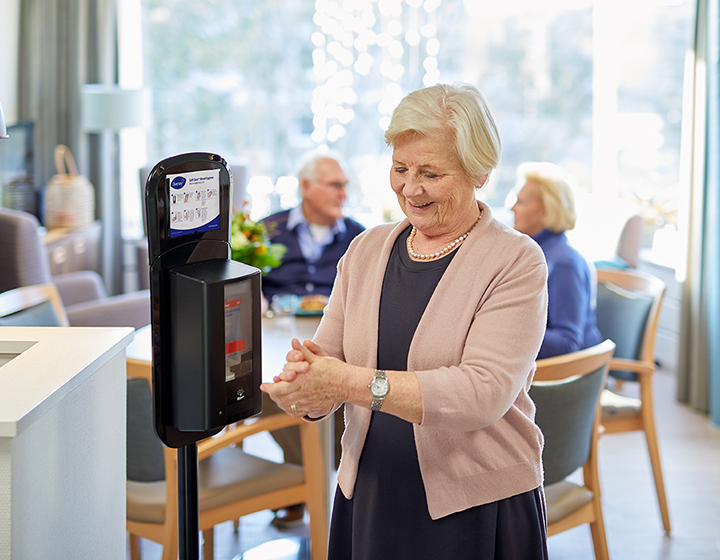- Cleaning and Disinfection in One Step
- Smart Automatic Soap Dispenser
The impacts of seasonal influenza, respiratory viruses and norovirus
Seasonal influenza causes up to 50 million symptomatic cases in Europe each year, and 15,000 – 70,000 European citizens die every year of causes associated with influenza. Common colds are the main reason why children miss school and adults miss work. Adults have an average of 2-3 colds per year and children have even more. There are approximately 200 viruses that can cause the common cold.
Do other respiratory viruses circulate during flu season?
In addition to flu viruses, several other respiratory viruses also circulate during flu season and can cause symptoms similar to those seen with flu infection. These respiratory viruses include rhinovirus (one cause of the “common cold”) and respiratory syncytial virus (RSV), which is the most common cause of severe respiratory illness in young children as well as a leading cause of death from respiratory illness in those aged 65 years and older.
While seasonal influenza (flu) viruses are detected year-round, flu viruses are most common during the fall and winter. The exact timing and duration of flu seasons vary, but influenza activity often begins to increase in October. Most of the time flu activity peaks between December and February, although significant activity can last as late as May.
The overall health impact (e.g., infections, hospitalizations, and deaths) from flu varies from season to season. While it is common to recover from a Rhinovirus infection within 7-10 days, for those with a weakened immune system, asthma or respiratory condition, Rhinoviruses can lead to a more serious illness, like Pneumonia. In people with asthma, particularly children, rhinovirus infections are also frequently associated with flare-ups.
Germs don't take sick days.
Take everyday preventative actions to stop the spread of germs
Protect your facilities
Rely on OxivirTM cleaner and disinfectant.
Hand hygiene is the easiest way to prevent the spread of infections.
Deliver non-stop hand hygiene with IntelliCare smart dispenser.
What preventive measures can you take?

- Cover your nose and mouth when coughing or sneezing.
- Use a tissue and dispose of once used.
- Always perform hand hygiene after coughing, sneezing, or disposing of tissues.
- Proper hand washing after using the bathroom/toilet and always before the start of food preparation
- Avoid touching your eyes, nose, and mouth. Germs spread this way.
- Clean and disinfect surfaces and objects that may be contaminated with viruses that cause the flu.
- Wash your hands often with soap and water. If soap and water are not available, use an alcohol-based hand rub.
- Avoid contact with individuals at risk or already visibly sick.
- Perform hand hygiene immediately if you come in contact with blood or body fluids from another person.













